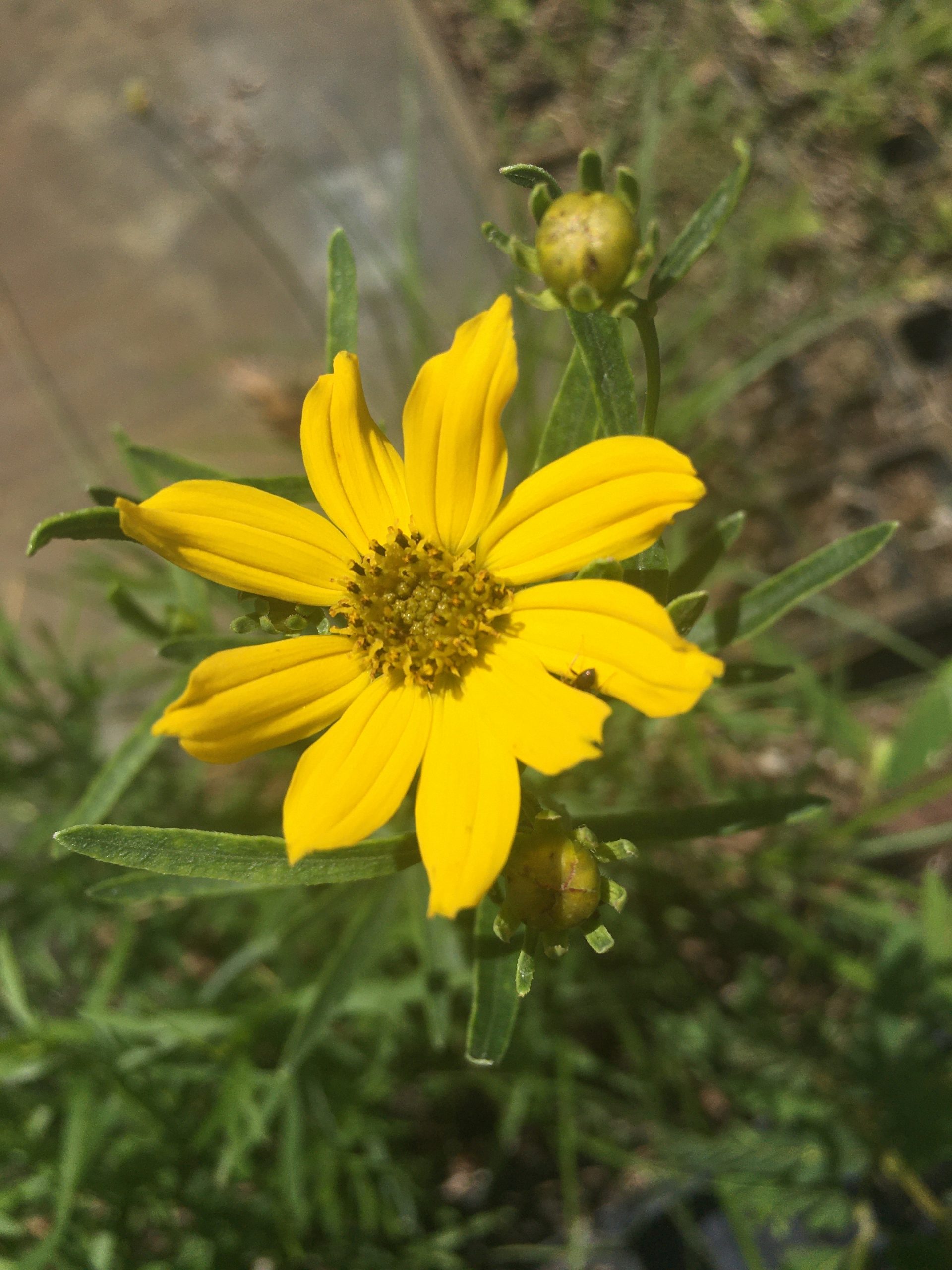Coreopsis palmata
$5.49 – $9.89
Description
Key Information:
Soil: Mesic (Medium) – Xeric (Dry). Drought tolerant.
Sun: Full Sun – Part Sun
Height: 18-30″
Bloom Color: Yellow
Bloom Season: July
More Details:
Suggested Uses: Prairie Coreopsis has beautiful golden composite flowers that are attractive to many kinds of butterflies and are a good source of nectar for honeybees. It tends to grow in patches! It makes a nice cut flower and is an excellent plant for gardens and restorations. Great pollinator plant!
Native Range: Native to the Midwest. Found in the southern half of Minnesota.
Pollinators: Bees and butterflies. Important high-value nectar source for adult monarch butterflies. Coreopsis seeds provide food for songbirds.
Flowers: The 1 1/2″ flower heads have 6-10 petal-like ray flowers that are wavy at the tips.
Leaves: The opposite leaves have 3 long, slender lobes.
Interesting Facts:
Medicinal Uses: Boiled seeds were once made into poultices to relieve rheumatism.
Other Uses: Coreopsis is a good source of nectar for honey.
More Information: They grow in patches from rootstalks.
Name: “Coreopsis” comes from Greek, roughly equating to, “having the appearance of a bug”. The bug-like seed also gives rise to its common name, “Tickseed”. Palmata refers to the palmately-lobed leaves.
Other Names: Bird’s Foot Coreopsis, Stiff Tickseed
More information: USDA plant profile
Additional information
| Weight | 2 lbs |
|---|---|
| Size | |
| Color | |
| Characteristics | Full Sun, Partial Sun, Dry Soil, Mesic Soil, Summer Blooming, Medium Height |
| Uses |
 Wheelbarrow
Wheelbarrow






